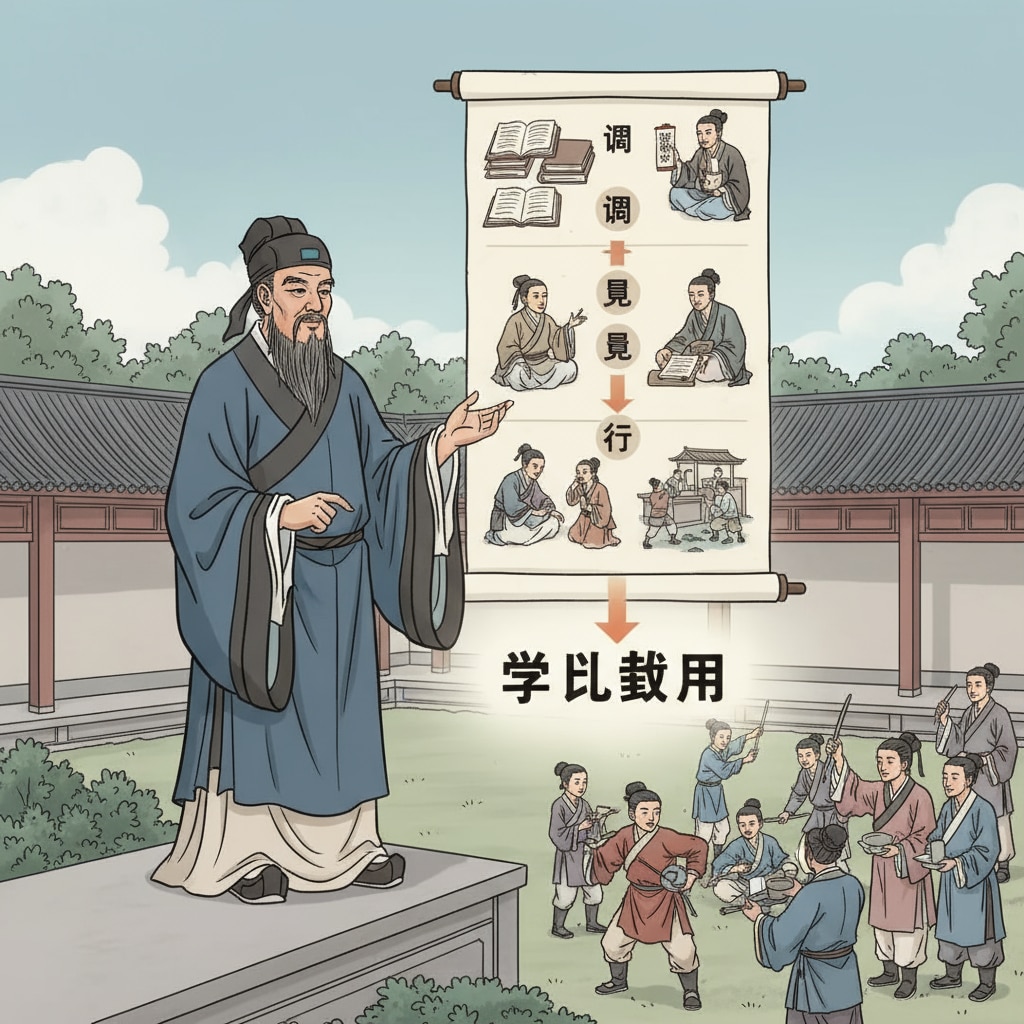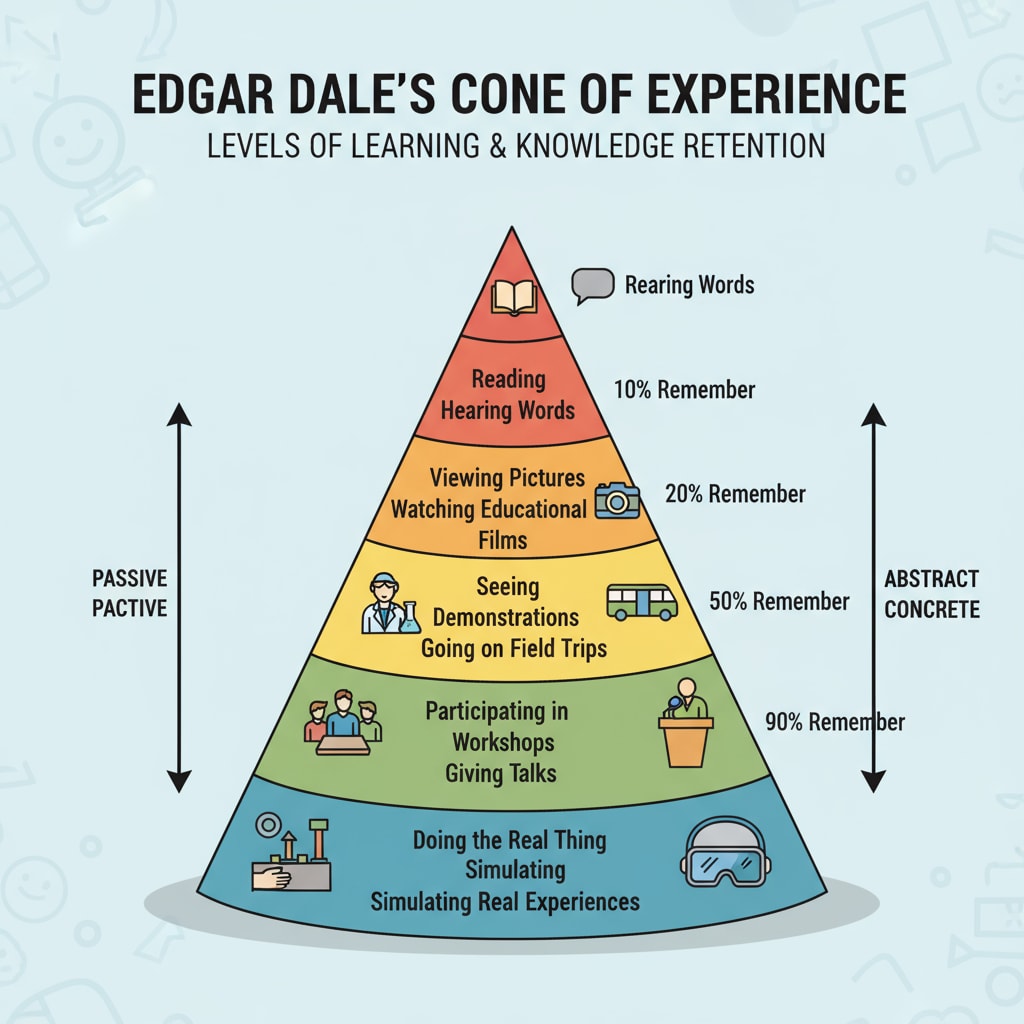Learning theories, cone of experience, Xun Kuang, learning hierarchy, and practical learning are crucial aspects in understanding the true nature of learning. Throughout history, educators and philosophers have sought to uncover the most effective ways to acquire knowledge. In this article, we will delve into the insights from different perspectives and see how they can be integrated to enhance the learning process.
The Wisdom of Xun Kuang’s Learning Hierarchy
Xun Kuang, an ancient Chinese philosopher, proposed a learning hierarchy. He believed that learning is not just about memorizing facts but involves a progressive understanding. At the base of his hierarchy was the acquisition of knowledge through reading and listening. However, he emphasized that real learning occurs when one puts this knowledge into practice. For example, understanding ethical principles from a book is one thing, but acting in accordance with those principles in daily life is a higher level of learning. Xun Kuang’s ideas laid a solid foundation for the importance of practical learning in the educational realm. Xun Kuang on Wikipedia

The Modern Perspective of the Cone of Experience
Fast forward to modern times, Edgar Dale’s Cone of Experience model provides a fresh look at learning. The cone illustrates that learning retention is higher when learners are actively involved in the process. At the bottom of the cone are passive forms of learning such as listening to lectures or reading. As we move up the cone, activities like discussions, demonstrations, and hands-on experiences become more prominent. The top of the cone represents direct, purposeful experiences, which are considered the most effective for long-term learning. This model aligns with Xun Kuang’s emphasis on practical engagement. Cone of Experience on Britannica

In K12 education, the implications of these theories are profound. Practical learning can no longer be seen as an afterthought but should be at the core of the curriculum. When students are actively engaged in hands-on activities, they are more likely to understand and retain the knowledge. For example, in a science class, conducting experiments rather than just reading about them can significantly enhance the learning experience.
Readability guidance: By presenting the ideas of Xun Kuang and Dale’s Cone of Experience, we can see the connection between ancient and modern views on practical learning. Using short paragraphs and clear explanations, we aim to make these complex theories accessible. Each section provides a summary of key points, and the use of transition words like ‘however’ and ‘for example’ helps to flow smoothly from one idea to another.


